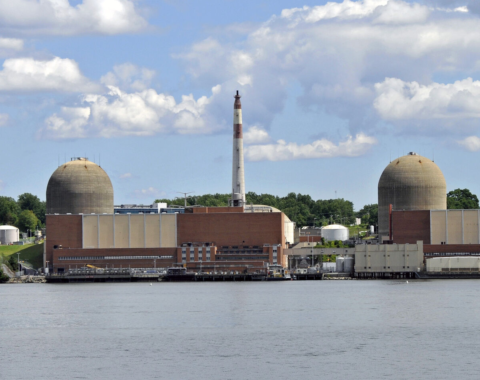According to a study released last week by Connecticut energy regulators, Dominion Energy’s Millstone nuclear power plant is expected to remain profitable through 2035.
The report concluded that Millstone’s profits are expected to amount to a net present value of between $1.3 billion and $2.4 billion under several scenarios from 2021 through 2035, making it less likely the company will shut the reactors early.
Millstone is one of the several US nuclear power plants considering shutting down before their licenses expire.
However, Dominion spokesman Ken Holt said in an email that the report misses the mark on Millstone’s costs and revenues since it is “based on industry assumptions premised on a comparison with nuclear plants very much unlike Millstone.”
The state Department of Energy & Environmental Protection and Public Utilities Regulatory Authority issued the report in response to an executive order by Connecticut Governor Dannel Malloy in July and a legislative act in June.
The order and act sought an assessment of Millstone’s economic viability and the role zero emission facilities like nuclear play in helping the state meet its greenhouse gas reduction targets, among other things.
The regulators did not make a recommendation on whether the state should do anything to help Millstone. Instead, they sought comments on the draft and said they would prepare a final report no later than Feb. 1 that will address whether a solicitation process for nuclear facilities will be conducted.
Connecticut is one of several states exploring rules to keep reactors in service to preserve carbon-free energy, jobs, taxes and a more diverse resource mix.



